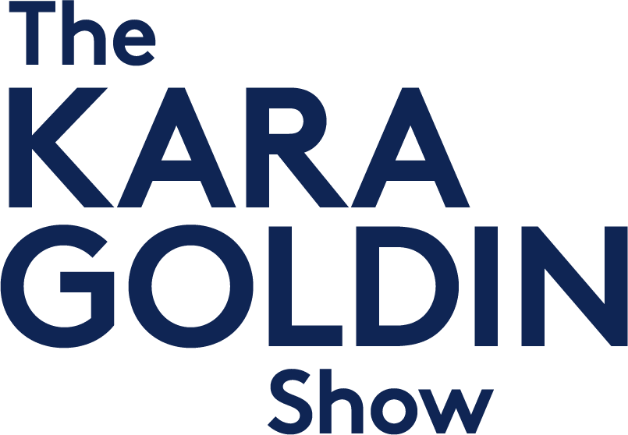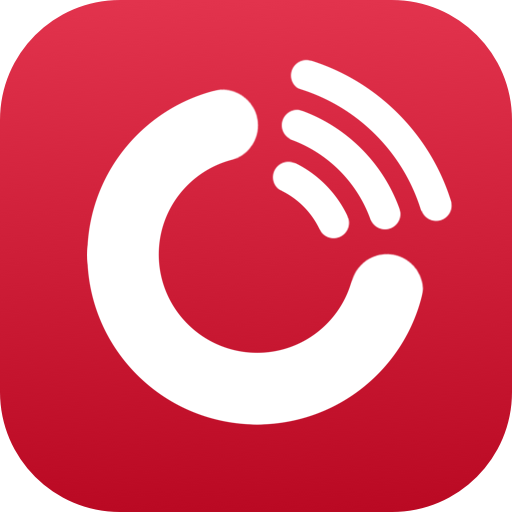Tapasya Bali: Founder & CEO of 100 Cal Snacks
Episode 717
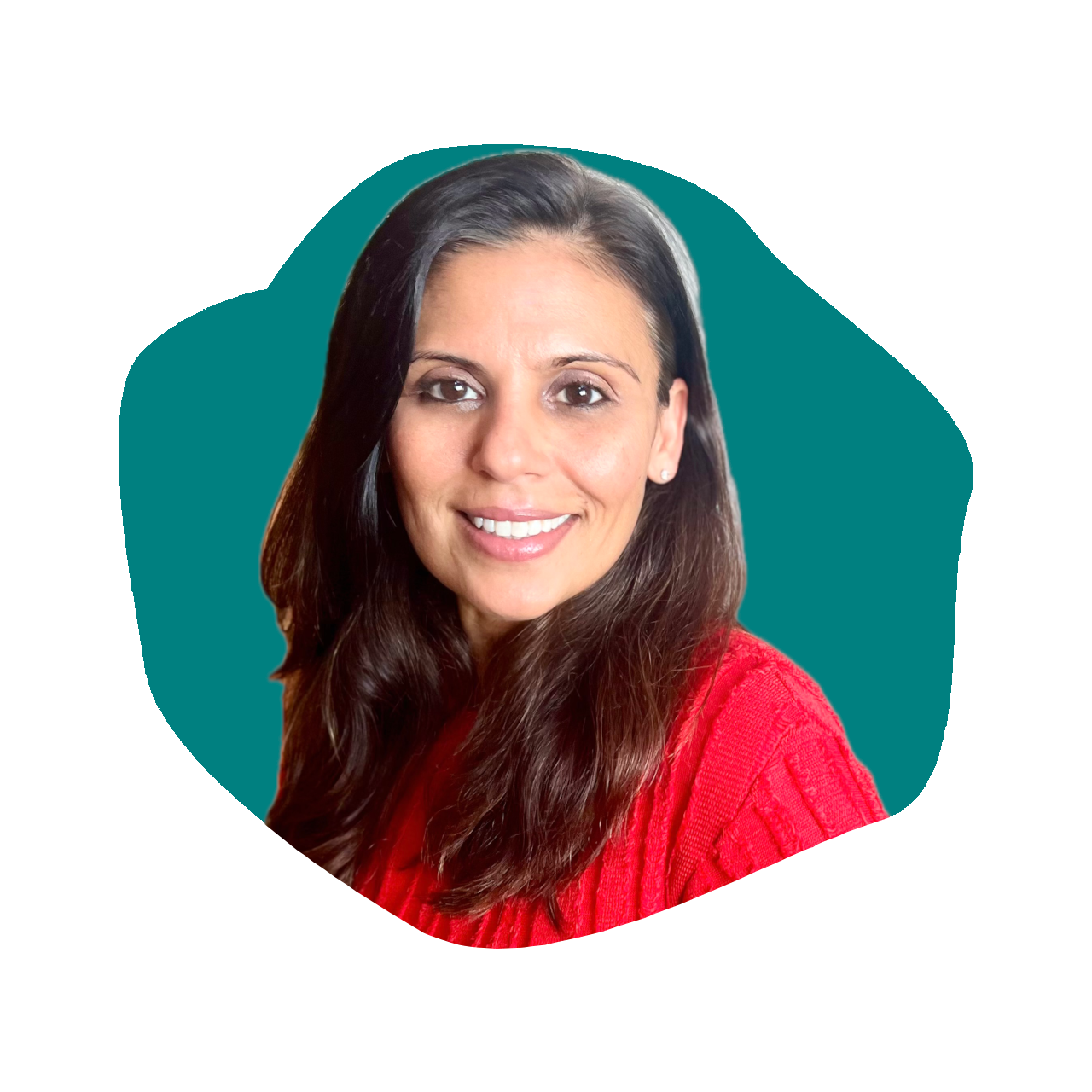
On this episode of The Kara Goldin Show, I sit down with Tapasya Bali, Founder and CEO of 100 Cal Snacks—a functional food brand redefining what it means to snack with purpose. After a successful career on Wall Street and a personal health crisis fueled by stress and burnout, Tapasya made a powerful pivot. She created 100 Cal Snacks to offer portion-controlled, gut-friendly products designed to support the gut-brain connection and promote real, lasting wellness.
With a background in wellness entrepreneurship and a passion for helping others heal through food, Tapasya shares the story behind the brand, how she’s combining adaptogens with real ingredients, and what makes her approach different from so many “better-for-you” snacks on the shelf. We dive into how she’s building with both science and soul, and why 100 Cal Snacks is about more than just calories—it’s about empowerment.
If you’re interested in functional food, purpose-driven entrepreneurship, or transforming a personal challenge into a greater mission, this episode is for you. Now on The Kara Goldin Show.
Resources from
this episode:
Enjoying this episode of #TheKaraGoldinShow? Let Kara know by clicking on the links below and sending her a quick shout-out on social!
Follow Kara on LinkedIn – Instagram – X – Facebook – TikTok – YouTube – Threads
Have a question for Kara about one of our episodes? Reach out to Kara directly at [email protected]
To learn more about Tapasya Bali and 100 Cal Snacks:
https://www.linkedin.com/in/tapasyabali
https://www.linkedin.com/company/100calsnacks
https://www.100calsnacks.com
Transcript
Kara Goldin 0:00
I am unwilling to give up that I will start over from scratch as many times as it takes to get where I want to be. I want to be you. Just want to make sure you will get knocked down. But just make sure you don’t get knocked out, knocked out. So your only choice should be go focus on what you can control. Control. Control. Hi everyone, and welcome to the Kara Goldin show. Join me each week for inspiring conversations with some of the world’s greatest leaders. We’ll talk with founders, entrepreneurs, CEOs and really, some of the most interesting people of our time. Can’t wait to get started. Let’s go. Let’s go. Hi everyone, and welcome back to the Kara Goldin show. Today’s guest is someone who took burnout and stress eating and the chaos of high pressure Wall Street Life and turned it into a mission driven brand that’s shaking up the $150 billion snacking industry. Tapasya Bali is the founder and CEO of 100 Cal Snacks, a functional food company creating gut friendly science back snacks designed to actually do something for your body, not just fill you up. And after going through some serious health crisises along the way, topacia didn’t settle. She built a brand that’s about real healing, real ingredients and real change. And more than anything, the company that she founded has really taken off. It’s going into lots of different stores right now, also sold online and scaling fast with one clear message that portion control, hence the 100 part of her brand name. Portion control isn’t about restriction, it’s about power, choice and healing from the inside. So I cannot wait to get into this interview. Tapasya Bali, welcome to the show. So excited to have you here.
Tapasya Bali 2:04
Thank you. Kara likewise, I’m equally excited to be here.
Kara Goldin 2:09
Super, super excited. So how would you describe 100 Cal Snacks? I guess. How do you describe it to someone who’s hearing about it for the first time?
Tapasya Bali 2:20
Absolutely. So, you know, one of the missions for me was to keep it very clear in terms of the positioning. So I was very lucky that I was able to secure the website, 100 Cal Snacks.com, which was a complete stroke of luck. You know, I paid, I didn’t pay a penny extra. I think it was like $2 on GoDaddy. So very lucky there. But you know, obviously at the end of the day, it is the 100 calories. It is portion control. But way beyond that is, it’s the cleanest and the healthiest 100 calories you can eat. So overall, the arching sort of value proposition is, can people, like, look at it and pick it up, right? And then there’s a sense of discovery of how healthy is this. It’s like ingredients that are healing the gut, and not just, you know, there’s a ton of 100 calorie snacks out there, but they’re packed with sugars, right? So they’re either bad ingredients or or essentially, as I said, packed with sugar, but it’s toned down to 100 calories, right? So I wanted to avoid doing that and offer the healthiest 100 calories you could get. And obviously, that’s putting it very, very broadly. There’s so much song and dance that goes into building that recipe and the formulation that you know ultimately when you’re eating it, it’s really very helpful for you, not only in curbing your cravings for that 100 calories, but really sort of healing your gut, right? That’s what I ultimately wanted to achieve.
Kara Goldin 3:58
I love it. So let’s go back to your story. I touched on it in the intro, but not too dissimilar to some other founders that we’ve had on totally made a career switch and left a an incredible career to go and start this company that you really felt could solve some problems for consumers. But can you talk about that story and kind of what made you do it
Tapasya Bali 4:29
absolutely so, you know, I work for a long time. I live in LA now, but I started off my career in New York on a trading desk, so about 10 years and very, very high stress environment. And literally at the peak of my career, I did a complete 360 and I launched my first company, which was also in the wellness space. And then fast forward through these many, many years, I was constantly in this cycle of stress eating. It’s this vicious cycle. I would like, get very stressed. I eat a lot. I put on weight. At one point I was, like, 50 pounds overweight, and not overweight, but more than what I am right now. So it was just kind of distressing to me. And more importantly, as that cycle continued, I started having severe health issues. So I went through back to back, five surgeries for various issues, and even beyond that, continuous issues with something called SIBO. I don’t know if you’re aware of that. It’s this gut issue that’s basically a small intestine bacterial overgrowth. And the more I studied and researched it, people talk about gut health a lot, but I think people are not they’re missing the bigger picture. You know that they’re really not talking about what the core issue is. The core issue is that the gut and the brain are very connected. So when you’re stressed out, it impacts your gut, right? So while people are focusing just on the gut, they’re not going to the core issue of, how do we balance that gut brain connection? So the more I researched it for myself that, you know, I was like, Okay, this has to change. You know, I need to make a major shift in the way I treat food for myself, not just from a weight perspective, but for really feeling healthy inside. So when I started researching it, the more I started digging deeper. I’m like, okay, I get it. Now I need to, sort of, you know, figure out how to balance, how I’m thinking, how I’m controlling my stress with the food that I’m eating. And that’s how my gut gets healthy. So I think people as when people are like, kind of packaging this gut health forward messaging with consumers, they’re missing that, that connection between, sort of the brain and the gut, and actually the gut is called your second brain, right? So, so people have to kind of focus on that, and that’s what we are trying to achieve with 100 Cal Snacks, right? So essentially, just to go a little bit deeper and peel the layers of that onion, it’s essentially, you know, I’m using stuff ingredients. I’m not using ingredients that are harmful for you. So, like, if you look at keto snacks, for example, I call it a cheat label. A majority of the Keto snacks that call themselves low net carb are actually packed with sugar alcohol, because essentially, keto is a formula. So if you put in more sugar alcohols, your net carbs goes down. And sugar alcohols are really, really bad for you, right? They’re bad for your gut. There’s a study that recently came out saying that it’s it could give you heart stroke. So really, really bad ingredients. So that was my goal, is a Can I remove anything that’s inflammatory to the body, but then, can I add certain elements in a very important dose, right? A supplement level, dose that really helps you balance that connection, reduces the stress, but also builds sort of gut motility, right? So gut motility meaning sort of, you know, it’s easier to absorb. The nutrients are easier to absorb, as well as keep those pipes running, if you know what I mean.
Kara Goldin 8:08
Yeah, definitely. So when you left Wall Street and you started your first startup, what did you learn about yourself, about how hard something was versus what you had been doing a different type, I guess, of your brain was probably being used to actually challenge yourself in that first startup. And then I’d love to hear what you’ve learned from that first startup that has helped you with 100 Cal stacks.
Tapasya Bali 8:39
So I think one of the things that happens, especially in cultures like mine, you know, I’m Indian, we are typically, we’ll go through a traditional path, right? Either it’s like lawyers or finance. So that’s what I did, you know, I did my business school. Got into that finance job was fairly successful there. But you know the difference that, when I did make the switch, the first difference that I really noticed is Wall Street is all about paper money, right? Whereas, when I entered the consumer space, you’re selling a widget to every person, right? It’s a human being you’re interacting with. And that can be very challenging, right? Because, you know, everybody has a different way of assessing information and emotional reaction to it. So to me to really solve. I love the consumer space now, right? I want to solve for okay, what talks to people, right? What is their motivation? Why would they buy this product? Right? So even beyond my initial startup, you know, I started helping other companies as well to really figure out, what is that positioning, what is that communication? So I really enjoy that. You know, Wall Street was kind of paper money. This was real. You know, you sold something tangible to a person. You know that that, to me, was a big learning experience of how. You communicate with consumers, right? And I really enjoy it. It’s funny. Now people ask, well, you don’t know anything about the food space. You know you’re going into retail. How you know? Why are you fit for this job? And my response is, it’s not about the product. It’s at the end of the day, it’s understanding the consumer. So if you understand the consumer’s mindset, it doesn’t matter if you’re selling, you know, an iPhone versus if you’re selling a functional, nutritional snack, right? So it’s really understanding the psyche of the consumer. So I love that aspect, actually,
Kara Goldin 10:39
yeah, I think probably the hardest part that I found moving into the consumer space. I was in the consumer space when I was working in tech, but I was not dealing with one on one consumers, and I was not dealing with buyers, gatekeepers who were saying, yes, you’re going to get into a store. No, you’re not going to get into a store, yeah. And so it’s, you know, a whole different world out there. And especially if you’re not, if you’re not backed by a, you know, General Mills, or ConAgra, or something Pepsi, right? It’s just very, very different. So in some ways, not actually having the experience, I think, probably benefits you, at least in the early days of the startup, because it it really, you know, they’ll, they’ll give you a shot, especially if they like the product and the packaging. You and I were talking about that a bit. But so when you think about naming the company. That’s always something that founders really get stuck on. Maybe they think about a name, but then maybe they think, oh, gosh, should I go pay somebody lots of money to go and develop a brand? Or what are your thoughts on on the naming of the company, and how did you come up with your name?
Tapasya Bali 11:59
I think the name is very important, obviously, you know, unless, sort of, you come up with a fake, made up name, and you build that brand over time and it becomes sticky, like, you know, Coca Cola, or what have you. I think it’s really otherwise, you know, if you’re just starting out, it’s really important to have a very simple name that’s sticky, right? People have to remember it. Everything is the space is, you know, we consume so much information now. So how do you stand out in a very simple way? And also a name that kind of, you know, specifies what your brand is without really having to explain it. So with 100 Cal Snacks, you know, even with my branding, it’s very bold. It says 100 Cal. So people who are just looking at a shelf, I don’t have to say much more to to attract them in. And then, obviously it’s a sense of discovery, you know, you pick up the package with that 100 Cal logo, but then you go into that sense of discovery, of okay, you know, the nutritional profile is great. And then it’s great for the gut, you know, it’s the ingredients are amazing. You know, the consumer is very educated as well. But to get that hook, I say the name and your logo is really your hook, right? How do you reel them in? And then, of course, it’s that sense of discovery. Do I really like it? Do Am I willing to open my wallet for it, just to try it? And then, obviously, if you like it, then you become a sticky customer, right? So it’s like whole journey. But the name, I feel, is very, very important. I struggled with it in the initial stages. You know, when I came up with the idea I explore, I registered like various names, like 100 cal.co you know, 100 dash Cal, all like, you know, names that wouldn’t work, and I wasn’t satisfied with and then one day, I don’t know, I was just sitting and I’m like, okay, you know, I’m actually not a, um, just a general 100 calorie company. I’m a snack company. So let me see 100 Cal Snacks.com is available, and it was, as I said, it’s stroke of luck it was available and I jumped on it, and I actually trademarked it, so now I have a trademark on that name as well. But yeah, I think so far, the packaging is working pretty well on the shelf. I think it just attracts people to pick up the product and look at it
Kara Goldin 14:22
definitely. So you have adaptogens in in your product. Can you talk about that? And maybe for people who are not familiar with adaptogens, what are they, and why should people know about them?
Tapasya Bali 14:39
So I think you know, people again, that’s kind of, I feel, has become a buzzword in a lot of products. What’s really important to understand is the whole nutritional profile, right? So while you might use an adaptogen, which is just, you know, it could be an herb that helps you sort of calm that stress, it reduces the inflammation in the body. Body. And, you know, there’s different kinds of adaptogens. There could be mushrooms. I am using a very specific one called ashwagandha in my first product, and I specifically picked that a because I understand it. You know, it comes from India. I was very careful. I don’t know if you have heard of Ayurveda. It is based basically, again, from an Indian culture. I specifically did not want my positioning to be that right, because I don’t want it to be so foreign to people that they don’t understand it. So essentially, I’m using that as sort of it had started finding some acceptance in the west now, so I use that as my first ingredient. But the idea is, how can I take different herbs from all around the world that are really, really good for you, and again, remember, I’m trying to solve for that brain gut connection. So really, can we use herbs that really calm you down that will impact your gut. But that’s not enough, right? Just using that adaptogen a I want to use it in a potent dose, so it’s a supplemental level dose, right? So I’m using 250 milligrams. If you use lesser, then it’s not impactful. But beyond that, how are you fitting that in into the whole nutritional profile, right? So how do you take that and make it a high protein, high fiber, yet low carb product without the sugar alcohol? So like I said, this is this whole song and dance, and then at the end of day, that’s not enough to you know? The ultimate sort of test is, will people actually eat it? Is it tasty, right? So it took me two and a half years to make a chocolate brownie bar, which, you know, there’s a dime a dozen, but sort of, you know, thankfully, I was able to crack a recipe that sort of fits in with the nutritional profile. It has that adaptogen herb in a very potent dose, and yet, sort of, you know, tastes really good. And that’s consumer saying. So, you know, we were sold out four times last year since we launched. So if you’ve had good traction on that,
Kara Goldin 17:08
that’s incredible. So you got the product into gelsons initially. So how did you make that happen? And how difficult was it to actually get that first space on the shelf?
Tapasya Bali 17:25
Yeah, yeah. I mean, I have to say, I’ve been incredibly lucky talking, and, you know, you mentioned that earlier, talking to buyers and retailers, sometimes I feel coming from an outside industry helps, because you’re not as intimidated, right? If I was in this field, like people are talking about brokers and, you know, get so and so introduced, and I actually was pretty I’ve always tried to be resourceful. I think that’s an important element for entrepreneurs, as you know. So I actually, I signed up for this organization called naturally LA, which is an amazing organization. I think they’re all over the US. They have naturally Chicago. They have a couple of different chapters, but I got in there and their VP is basically a member, and he’s very, very involved. And I basically sent him an email. I sent him a message on LinkedIn and through the naturally la platform, and I just explained my positioning. So a your positioning is very, very important. So if you’re able to articulate in like six words, what you do, you grab that attention, whether it’s from the buyer or from the consumer. So literally, just, it was the one sentence, and he’s like, email me at, you know, so and so at gel sends. And he responded. He’s like, okay, you know, I connect you to the buyer. After that, it took a little bit of time, you know, because that was, like, literally, I had launched in January, and my meeting with them was in February, so they were like, Oh, we want to see a little bit more traction. They also wanted me to do a box so that they could sell individual units, as opposed to the full pouch. And at the time, I didn’t have that, because it was very expensive to make in small quantities. So I went back. You know, in the meantime, I kind of build my presence on Amazon. So he gave me a meeting. Fast forward a couple of months later in August, and literally, by that time, I had sudden, great traction on Amazon. I managed to get the Amazon choice badge as well as I did the new packaging with the box right? And, yeah, they basically said they loved, sort of my energy, and they wanted me in. So that’s how I got in, really just being resourceful. And I feel like retailers now also like the founder story. It’s not just about. Brokers or, you know, there’s so many great products out there, a your positioning has to be unique. Why should they give you that shelf space as opposed to someone else? And they need to like you as a person as well. You know, I think relationships matter on the buyer side as well, not just to the end consumer. I think that’s super important.
Kara Goldin 20:21
Yeah, definitely. I think I couldn’t agree more. I think that you’re the next step for you is actually probably the analytics side of this business, and the being able to show you know how fast you’re turning per square foot, and really laying it out for for people, for those buyers, to give you more space as your or different space, especially, where are you? Where are they placing you? Now on the shelf,
Tapasya Bali 20:53
I’m in the protein bar aisle, the nutrition, okay, yeah. And then our conversation is, my second product is a barbecue puff. And I think retailers, from the initial conversation, I think they just have to figure out, because the high protein puff, so I don’t typically fit into the chips category, so I guess they have to figure out where to place me on that one. And that’s the thing with retail as well, right? You have to fit into that buyer’s category to be able to, you know, get on that shelf space. But so we’re trying to figure that one out, yeah,
Kara Goldin 21:28
yeah. And eventually they change. If there’s enough competition, right? There’s, you know, that’s what I figured out about competition, is we were the first unsweetened flavored water on the market. And so then they decided to put us into this little section in a store called natural and like you can’t even believe that that’s the case today. Like 20 years ago, it was this tiny little section. It was probably, I don’t know, it was probably four feet had for all natural products. I mean, it wasn’t divided by beverages or or snacks. It was all together in this tiny little in conventional grocery It was ridiculous. And we kept arguing that, you know, this is the same consumer that doesn’t go down that aisle anymore, and you’re missing that that ring from then they’re not going to come down and look a natural, because they don’t necessarily view themselves as only wanting natural. So they just want great tasting products that don’t have all the junk in it. So you’ll get there, or they’ll get there. I should say they’ll they’ll switch. They’ll get there eventually. So unexpected moments you talked about selling out the product four times, which is incredible. What other feedback has consumer, maybe a consumer has given you that you’ve just, I don’t I feel like that consumer feedback is something that when I was in tech, I really wasn’t getting that. You know, it’s just, it makes you blush, it makes you get up and go do hard things again. It’s just that. It’s like that dopamine fix of consumers saying thank you for doing this, and I’m sure you’ve gotten that with your product. But what’s been one of the more surprising, unexpected moments?
Tapasya Bali 23:17
Yeah, absolutely, yeah. So I talking about getting traction in the initial stages. I think it’s really, it’s really key to be on the ground and sort of listen to what people are saying. So what I’ve been trying to do is really having demos in the retail stores. So a, obviously, it gets the traction and helps with the velocities at the store. But B also, you know, I’m listening to the consumer, so, yeah, I mean, I think it’s both good and bad, right? So, you know, the down point was last week, actually, I was doing a demo, and I think the older, really older audience is really has a very, very sweet tooth. And I think you’ve tasted the brownie, a brownie is not super sweet, because it’s all natural. Some of the older folks don’t like that, you know? They I think that Gen Z to up to like 4045, years. They like it, right? They like the ingredients. They appreciate the all natural elements, the better for you elements. But the older folk, they’re like, oh, it’s not, not for me, you know, it’s just not sweet enough. And to get that immediate feedback, you know, somebody tasting it and saying it to you, to your face, can be a little bit sort of disheartening. But on the flip side, you know, there’s, you know, for the one naysayer, there’s like, you know, 99 that really liked it, right? So you just have to have a thick skin. And not everybody is going to love your product. I accept that. And, you know, you just cater to to the audience that sort of, you know, the. Appreciate that product, right? But on the flip side, too, I think what was interesting was really getting feedback from consumers. Sometimes. I always say this in business, right? If you are very aware and you listen, whether it’s your investors, whether it’s your consumers, you listen and you adapt, you’ll do that. This this woman, she came up to me and she said, so I was like, my whole picture was, you know, have you have five grams of protein in the chocolate brownie? And she looked at me, she said, Oh, that’s great. You have protein as much as an egg. And I was like, Yeah, that’s right. And like, literally, I changed my narrative. I picked that, you know, that sentence that she used and changed my narrative, and then people were just sort of getting it faster than saying, I have five grams of protein. So, you know, you actually learn from your consumer. And, you know, I’m always super excited talking one on one with consumers like that.
Kara Goldin 25:57
I love that. So last question, what’s the one thing you want people to remember about 100 cow snacks, maybe after they’ve listened to this episode and heard a lot more about what you’re what you’re trying to do?
Tapasya Bali 26:13
Yeah. I mean, ultimately, you know, I don’t want to be just like a food, functional food brand, I always want to connect with an emotion. So the emotion is, you know, I understand especially eating, right? Eating is such a complex topic, right? We want to enjoy food, but at the same time we’re like, okay, we don’t want to eat too much, because we feel like we’ll put on weight. So there’s always this balance that’s going on. And, you know, I want to give the message that it’s okay to indulge. You know you want to live your life, but at the same time, you know you want to do it in an intentional way. So not only in eating, but how you’re going about life, right? Can we have more intention behind our actions? Right? So around that, you know, we actually just came up with a marketing tagline which we want to start using to build that emotional connect is, do you have the guts? Do you have the guts to make better choices? Do you have the guts to show up? And that’s the emotional connect I want to build with consumers, beyond it being such a great product and helping you heal, right? So that’s what I want people to kind of get, that feeling that they’re connecting on a deeper level, way beyond just somebody eating a snack.
Kara Goldin 27:34
I love it. So tapasya Bali, founder and CEO of 100 Cal Snacks, thank you so much for coming on. You’re not just changing the way people snack, but you’re also changing how we think about food and health and healing. And for everyone listening, head to 100 Cal Snacks.com to learn a lot more and purchase the product also available in gelsons and stores, a lot of stores, soon, Amazon, too. And as always, if you love this episode, share it with a friend, leave a review, and thank you again. Really appreciate you for coming on. And thanks everyone
Tapasya Bali 28:16
for listening. Thank you for having me, Kara. I appreciate it. Thanks
Kara Goldin 28:20
again for listening to the Kara Goldin show. If you would please give us a review and feel free to share this podcast with others who would benefit and of course, feel free to subscribe so you don’t miss a single episode of our podcast. Just a reminder that I can be found on all platforms at Kara Goldin, I would love to hear from you, too, so feel free to DM me, and if you want to hear more about my journey, I hope you will have a listen or pick up a copy of my Wall Street Journal, best selling book, undaunted, where I share more about my journey, including founding and Building. Hint, we are here every Monday, Wednesday and Friday. Thanks for listening, and goodbye for now you.
People Also Liked
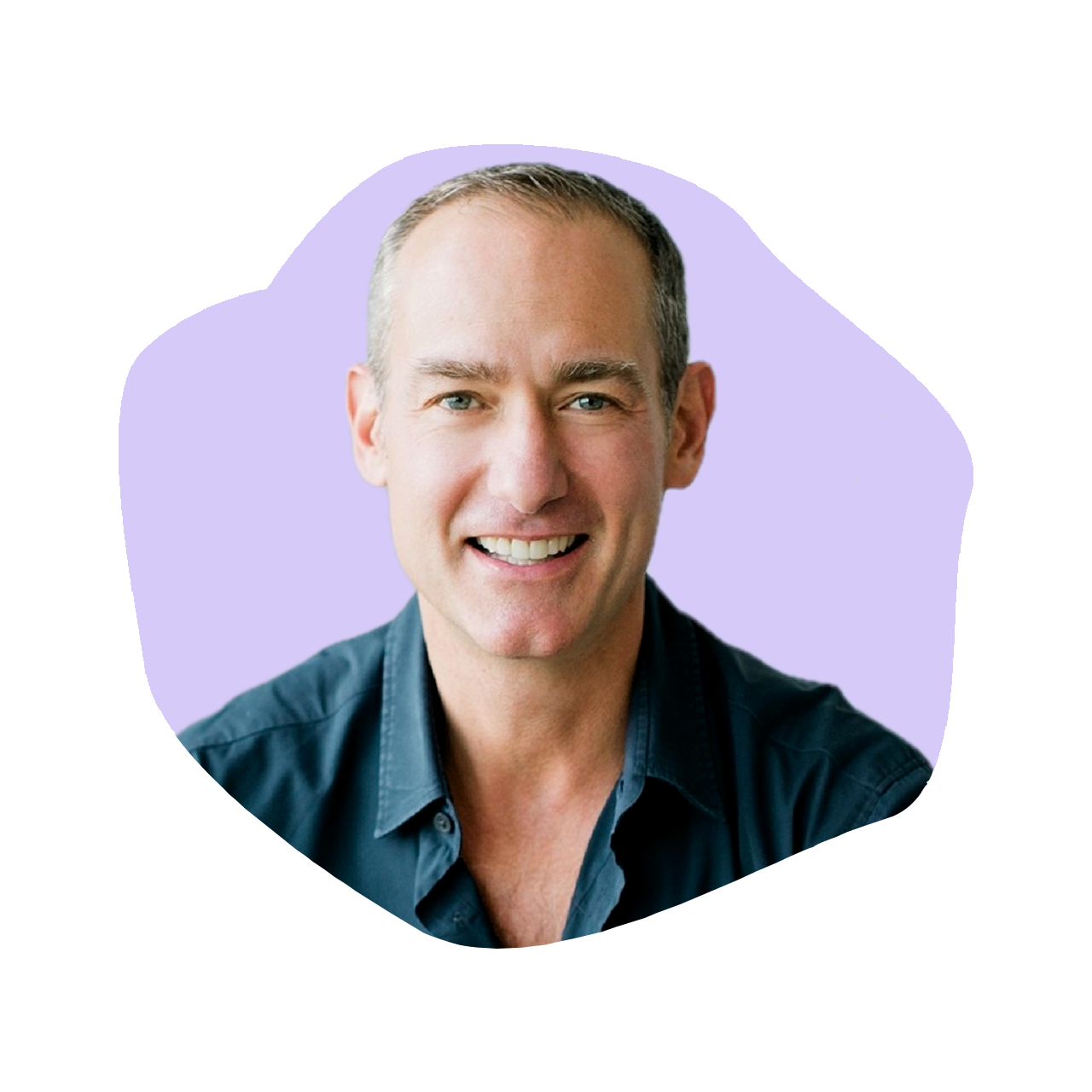
752
Mark Rampolla: Author of An Entrepreneur’s Guide to Freedom and Founder of ZICO

751
Deborah Pagani: Founder of Deborah Pagani Beauty
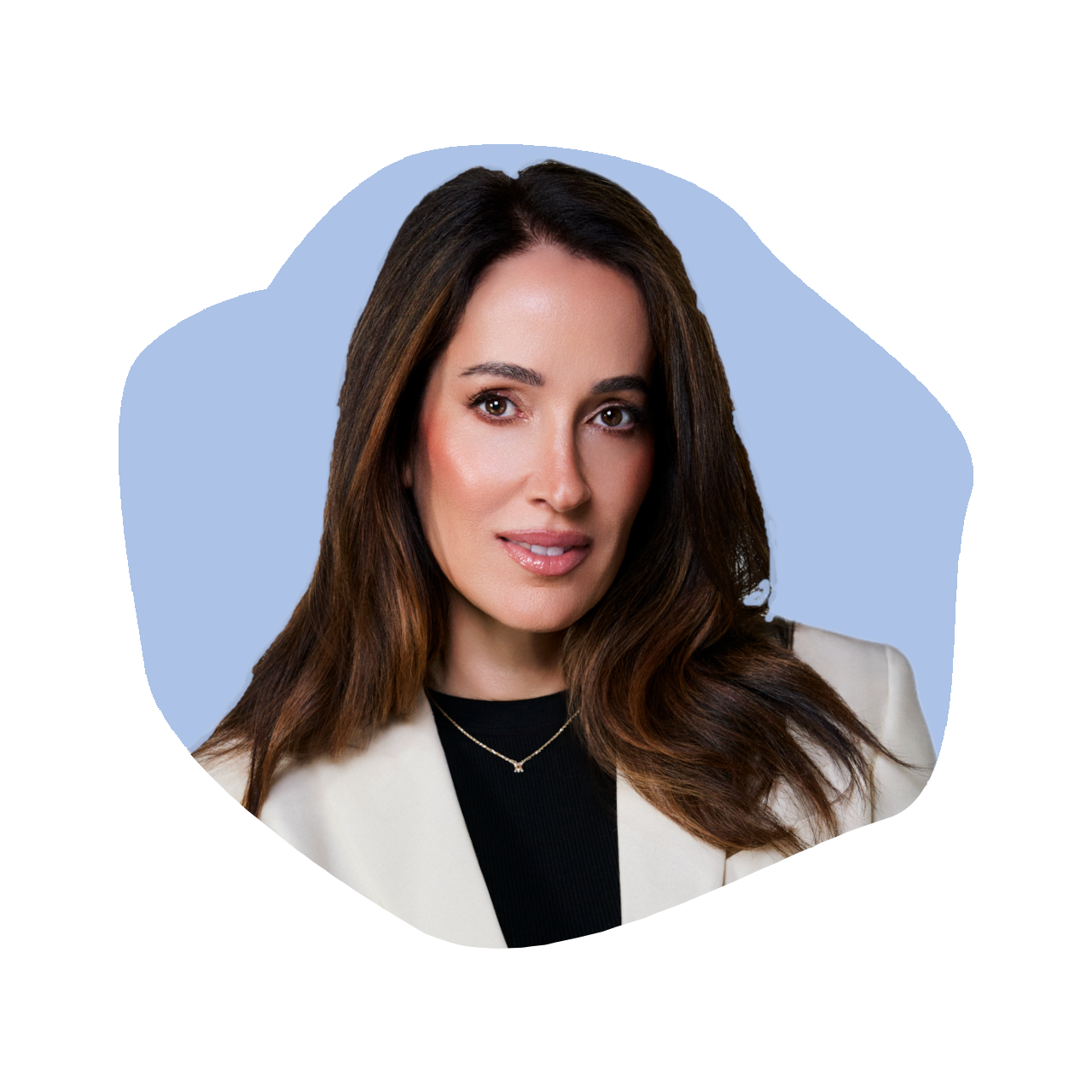
750
Angela Caglia: Founder & CEO of Angela Caglia Skincare
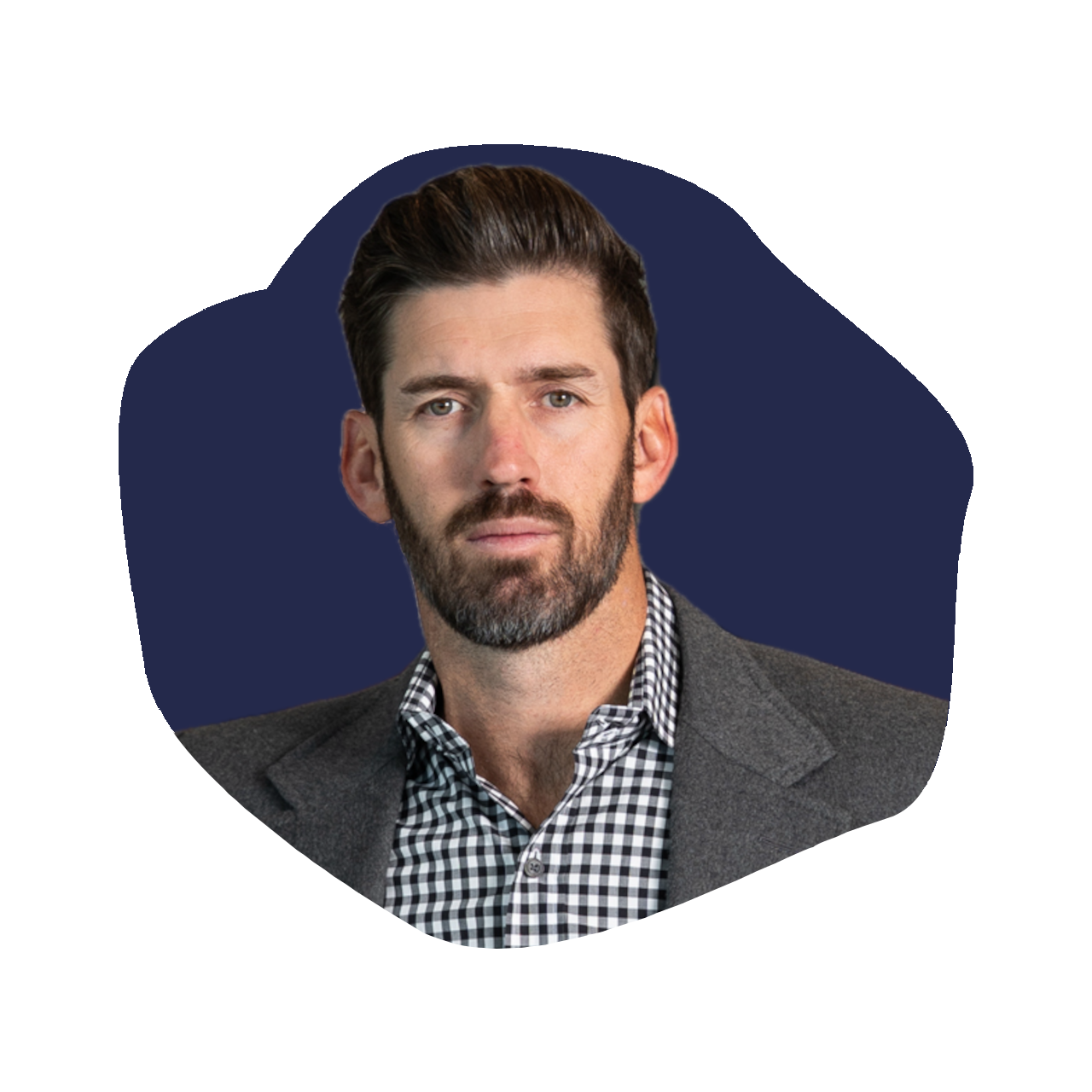
749
Doss Cunningham: Chairman & CEO of Nutrabolt

748
Cheree Ashley: Founder & CEO of Osier
